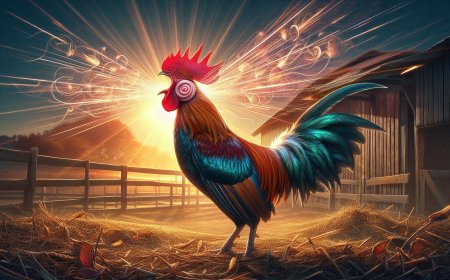A Taste of Life: How Butterflies Savor the World with Their Feet
Discover the fascinating world of butterflies and how they taste their surroundings with their feet in this stunning visual representation. Explore the beauty of nature through the delicate interactions of butterflies with vibrant flowers.

Did you know that butterflies taste with their feet? It’s a sensory twist that might seem odd to us, but for butterflies, it’s the key to survival. Unlike humans, who use their tongues to enjoy flavors, butterflies rely on their feet to determine what’s good to eat and where to safely lay their eggs. In their delicate dance through gardens and fields, those dainty legs are doing much more than just landing—they’re tasting their way through life.
A Different Sensory World
Imagine if every step you took told you what was delicious or deadly, what was safe or dangerous. For butterflies, this is reality. They operate on a completely different sensory level, where their feet do the tasting long before their mouthparts ever sip a drop of nectar. When a butterfly lands on a flower, it isn’t just resting; it’s gathering information. Are the plant’s chemical signals inviting or off-putting? Does the flower promise a sweet reward, or is it a poor choice? A butterfly’s feet, equipped with tiny sensors called chemoreceptors, answer these questions in a flash.
Survival in Every Step
Why would butterflies evolve to taste this way? The answer lies in survival. For a butterfly, choosing the right plant is a matter of life or death—especially when it comes to laying eggs. A caterpillar that hatches on the wrong plant may find itself without food and won’t survive long. But by using their feet to taste, butterflies can quickly assess if a plant meets their offspring’s dietary needs. It’s like doing a quality check with every landing.
These chemoreceptors can detect minute chemical compositions on surfaces, working similarly to our taste buds but far more sensitive. When a butterfly’s feet touch a leaf or petal, the chemoreceptors send signals to its brain, telling it whether this spot is suitable for a new generation. If the plant passes the test, the butterfly lays its eggs, ensuring its caterpillars will have the right food to munch on when they emerge.
The Science of Foot-Tasting
Butterfly chemoreceptors aren’t just picky; they’re precise. These sensory organs can detect various chemical compounds in the same way our taste buds identify sweet, salty, sour, and bitter flavors. When a butterfly lands on a flower, its feet instantly analyze the chemical makeup of the nectar, deciding if it’s worth a sip or if it should move on. It’s a rapid and efficient process that makes every second count in the butterfly’s short lifespan.
With their delicate legs perfectly designed for swift landings and take-offs, butterflies can flit from one bloom to another, gathering the best nectar without wasting time. It’s not just about feeding—it’s a daily quest for survival. And for species that only live for a few weeks as adults, making the right choices quickly is everything.
Love and Life in a Chemical World
But tasting with their feet isn’t just about food. It also plays a role in how butterflies find love. Male butterflies often release specific pheromones—chemical signals intended to attract a mate. When a female butterfly lands nearby, she uses her feet to “taste” these chemicals, deciding whether this suitor is a good match. It’s a delicate form of courtship, where a single landing can mean the beginning of a new generation.
This unique tasting mechanism also influences the relationship between butterflies and plants. Some plants have evolved chemicals specifically to attract butterflies, ensuring that their pollen gets spread far and wide. Others have developed deterrent chemicals, trying to fend off hungry caterpillars. It’s a complex web of interactions, a dance of chemistry where each step can shape the future of the ecosystem.
A Dance of Taste Underfoot
The butterfly’s ability to taste with its feet may sound like a quirky footnote in the natural world, but it’s so much more. It’s a reminder of how life adapts in the most surprising ways, finding solutions that are perfectly suited to its environment. In every garden, where butterflies land lightly on petals, a hidden world of taste is at play. Each landing, each tiny step, is a decision that ripples through the next generation, ensuring that life goes on in a beautiful and intricate dance.
So, the next time you see a butterfly fluttering from flower to flower, know that it’s not just a pretty sight. It’s a creature tasting its way through life, making split-second choices with every touch of its feet. It’s a life lived delicately, but with a precision that ensures each moment counts in the great cycle of nature.
What's Your Reaction?






































































































